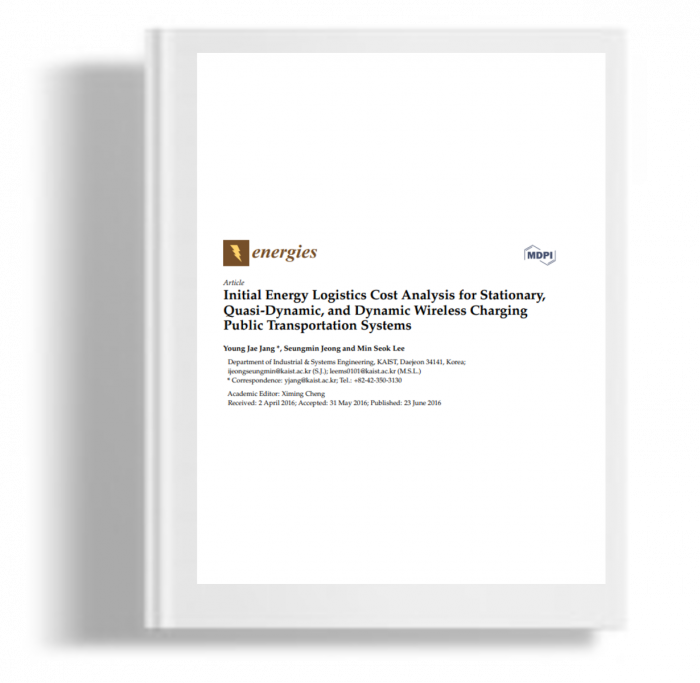Kami menggunakan cookies untuk membuat pengalaman Anda lebih baik. Untuk mematuhi petunjuk e-Pribadi yang baru, kami perlu meminta persetujuan Anda untuk menyetel cookies. Pelajari lebih lanjut .
Initial Energy Logistic Cost Analysis for Stationary, Quasi-Dynamic and Dynamic Wireless Charging Public Transportation Systems
This paper presents an initial investment cost analysis of public transportation systems operating with wireless charging electric vehicles (EVs). There are three different types of wireless charging systems, namely, stationary wireless charging (SWC), in which charging happens only when the vehicle is parked or idle, and quasi-dynamic wireless charging (QWC), in which power is transferred when a vehicle is moving slowly or in stop-and-go mode, and dynamic wireless charging (DWC), in which power can be supplied even when the vehicle is in motion.
This paper presents an initial investment cost analysis of public transportation systems operating with wireless charging electric vehicles (EVs). There are three different types of wireless charging systems, namely, stationary wireless charging (SWC), in which charging happens only when the vehicle is parked or idle, quasi-dynamic wireless charging (QWC), in which power is transferred when a vehicle is moving slowly or in stop-and-go mode, and dynamic wireless charging (DWC), in which power can be supplied even when the vehicle is in motion. This analysis compares the initial investment costs for these three types of charging systems for a wireless charging-based public transportation system. In particular, this analysis is focused on the energy logistics cost in transportation, which is defined as the cost of transferring and storing the energy needed to operate the transportation system. Performing this initial investment analysis is complicated, because it involves considerable tradeoffs between the costs of batteries in the EV fleet and different kinds of battery-charging infrastructure. Mathematical optimization models for each type of EV and infrastructure system are used to analyze the initial costs. The optimization methods evaluate the minimum initial investment needed to deploy the public transportation system for each type of EV charging solution. To deal with the variable cost estimates for batteries and infrastructure equipment in the current market, a cost-sensitivity analysis is performed. The goal of this analysis is to identify the market cost conditions that are most favorable for each type of wireless charging solution. Furthermore, the cost analysis quantitatively verifies the qualitative comparison of the three different wireless charging types conducted in the previous research.

